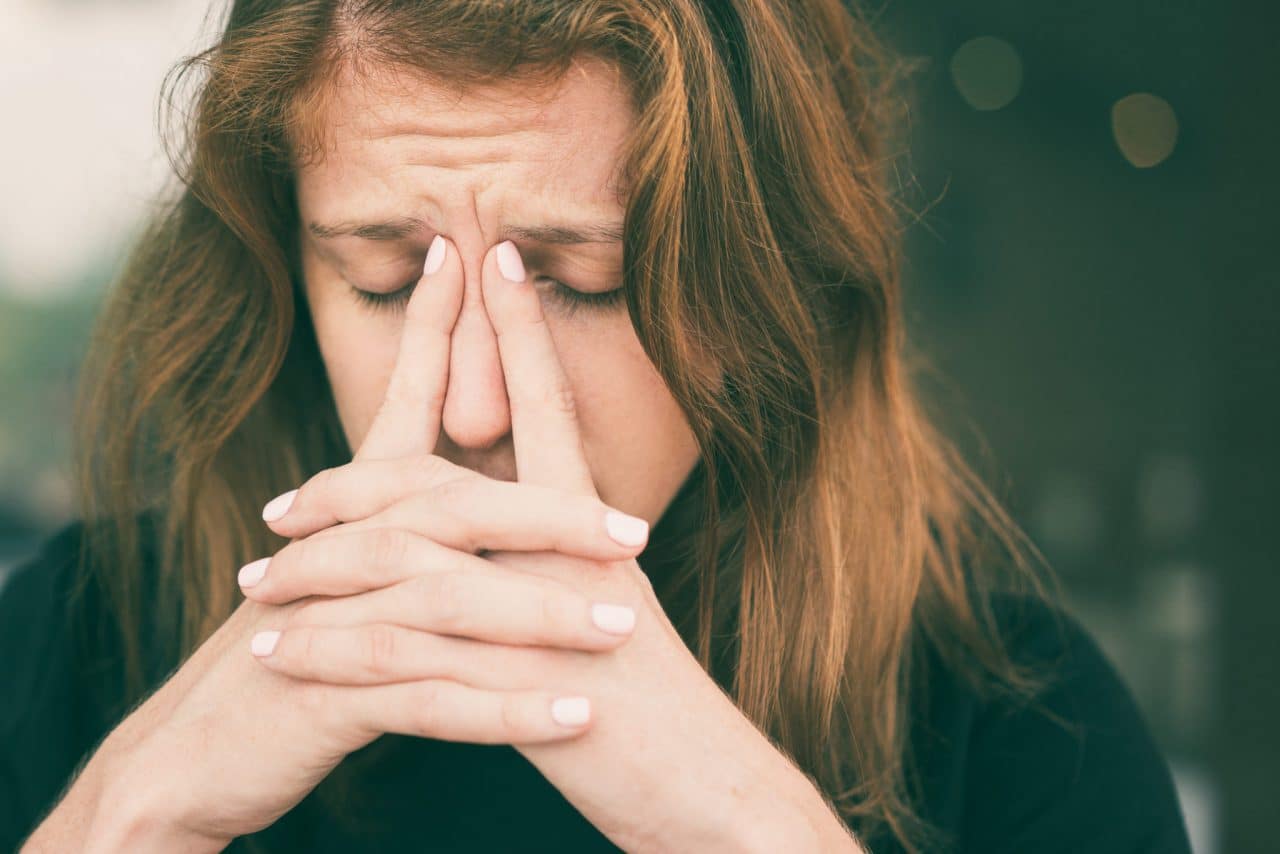Nasal obstructions are blockages of the nasal cavity that impede airflow in and out of the nose. Either one or both nostrils may be affected. Most nasal obstructions are temporary, caused by colds, allergies, sinus infections, or medications, while others require medical intervention.

Types of Nasal Obstruction
There are several different types of nasal obstruction. These include:
- Deviated nasal septum. The nasal septum is the wall-like structure that divides the left and right nostrils. A deviated septum refers to one that is crooked. This is hardly rare; it is estimated that 80 percent of people have septal deviations to some degree. Symptoms include difficulty breathing through the nose (especially one nostril) and a runny nose.
- Inferior turbinate hypertrophy. The nasal cavity contains bony structures called turbinates. These are susceptible to irritation from allergies and dust, which cause swelling and breathing difficulties.
- Choanal atresia. This is a congenital defect in which excess tissue in the nasal airway causes a partial or full blockage, resulting in difficulty breathing.
- Nasal polyps. These benign growths that occur on the mucosal lining of the nasal passages. They are typically small and though noncancerous can still cause obstructions of the sinuses, leading to congestion, breathing problems and sinus infections.
- Foreign objects in the nose. Most cases of foreign objects in the nose occur in toddlers and children. Common objects include food material, tissue paper, beads, toys and rocks.
- Oversized adenoids. Adenoids are the pair of soft tissues masses located behind the nose and roof of the mouth that trap germs and create antibodies that aid the immune system in fighting off infection. They can easily become infected, which will cause them to become enlarged and block airflow through the nose.
- Swelling of the nasal lining due to allergies. Allergies are the result of the immune system’s response to a harmless substance. When an allergen is encountered, antibodies are produced, which in turn triggers the release of chemicals called histamines. The release of histamine is responsible for the telltale symptoms of allergies, including swelling of the nasal lining.
Treating Nasal Obstructions
We will carefully examine your nose using a lighted scope and may use a CT scan or MRI in order to diagnose your nasal obstruction. The first step in treating nasal obstructions is getting the symptoms under control. Medications or nasal steroid sprays are often helpful in reducing inflammation of the nose and turbinates and providing immediate, short-term relief.
An effective long-term solution may require surgery particularly if the issue involves a deviated septum, turbinates or nasal polyps. Newer surgical techniques include shrinking the turbinates by using radiofrequency energy or a small tissue-shaving device.
Nasal Polyps
Nasal polyps are benign growths that occur on the mucosal lining of the nasal passages. They are typically small and though noncancerous can still cause obstructions of the sinuses, leading to congestion, breathing problems and sinus infections.
Signs & Symptoms of Nasal Polyps
Some nasal polyps are tiny and cause few problems. Others produce symptoms such as runny nose, congestion, sneezing, loss of smell and taste, postnasal drip, headache, sinus pain and pressure and snoring. If symptoms persist longer than ten days and are not associated with a cold or allergies, seek medical attention. Even though nasal polyps are benign, if left untreated they can grow large enough to cause serious complications including obstructive sleep apnea, meningitis, blood clots and aneurysms.
Causes of Nasal Polyps
Some people develop nasal polyps randomly, but most often there is some sort of triggering mechanism. Common triggers include asthma, hay fever, chronic sinus infections, cystic fibrosis and sensitivity to aspirin and other NSAIDs. Genetics may also play a role.
A diagnosis is usually made through visual inspection with an otoscope or nasal endoscopy. An imaging test, either a CT scan or MRI, can be useful in determining the size of the polyp and in ruling out more serious growths, such as tumors. Allergy tests may be administered in order to identify the substance responsible for your symptoms.
Treatment for Nasal Polyps
Nasal polyps can be treated with either medication or surgery. The goal is to reduce the size of the polyp or remove it completely in order to alleviate your symptoms. Nasal sprays, oral or injectable steroids, antihistamines and antibiotics are all common drug treatments. If they are ineffective, surgery may be performed. The type of procedure depends on the size of the polyp.
An outpatient procedure called a polypectomy uses a suction device or microdebrider to remove the lesion and surrounding tissue, and is effective for treating smaller polyps. Larger ones may require endoscopic sinus surgery. In this procedure, a camera is mounted on a flexible tube, and tools on the end are used for excising the polyp.
Call Willamette ENT & Facial Plastic Surgery at (503) 581-1567 for more information or to schedule an appointment.
“Had a great experience. Got in very quick and felt safe with covid protocol! Everyone was extremely nice.”